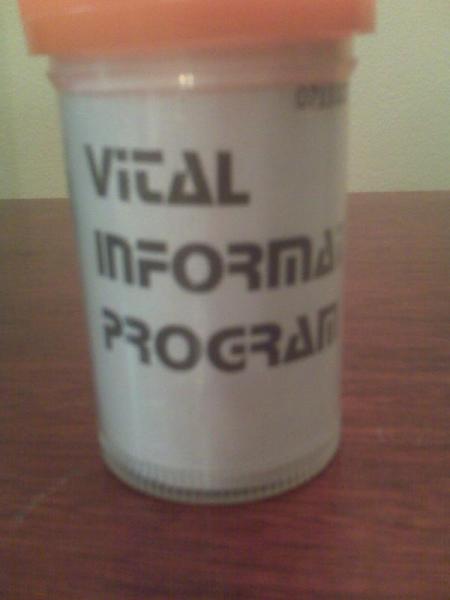I attended the CHLA conference a couple of weeks ago and was thoroughly refreshed and inspired by the program. I will share some of the highlights over a few blog postings.
One of the most fascinating speakers was Dr. Eddy Lang, who gave a most insightful key note entitled: Information Science in the Evidence Based Era: Meeting the Perceived and Unperceived needs of Evidence Consumers. He is an eminent academic emergency physician and researcher who is passionately interested in Evidence-Based Medicine (EBM) and Knowledge Translation (KT).
Some of the gems from his talk included four scenarios of when evidence would be needed in clinical practice and what the gaps might be.
- Treating a 25 year old female in the emergency ward with anxiety attack and symptos of a pulmonary embolism. Should you recommend a CAT scan or not? A CAT scan delivers a high amount of unnecessary radiation. To make a decision, the physician needs access to a validated decision tool – the pulmonary embolism rule out criteria – which may establish that in fact, the embolism is not the primary problem and preempt unnecessary radiation exposure. Physicians lack the the skills to find this information at the point of need during critical decision points.
- A resident presenting on atrial fibrillation excluded key onging trials within Calgary – found in the Clinical Trials.gov site
- In developing clinical tools such as orders sets, health professionals lack embedded decision support for levels of evidence.
Drawing on Alison Brettle’s study, Dr. Lang identified 4 models of clinical librarian integration that can help physicians access information at the point of need:
- Questions and Answers
- Questions and Answers + Critical appraisal
- Outreach: proactively engaging and embedding librarians
- Outreach + Critical appraisal + Synthesis
Credits
“Evidence stamp” from http://clinicigo.wordpress.com/home/


